
Special Forces, Pentagon Contractors and Intelligence Operatives Will Remain
On Wednesday April 14th, President Joe Biden announced that he would end the U.S.’s longest war and withdraw U.S. troops from Afghanistan on the 20th anniversary of the September 11th, 2001 terrorist attacks.
Over 6,000 NATO troops will also be withdrawn by that time.
“War in Afghanistan was never meant to be a multigenerational undertaking,” Biden said during his remarks from the White House Treaty Room, the same location from which President George W. Bush had announced the war was beginning in October 2001. “We were attacked. We went to war with clear goals. We achieved those objectives. Bin Laden is dead and al Qaeda is degraded in Afghanistan and it’s time to end the forever war.”
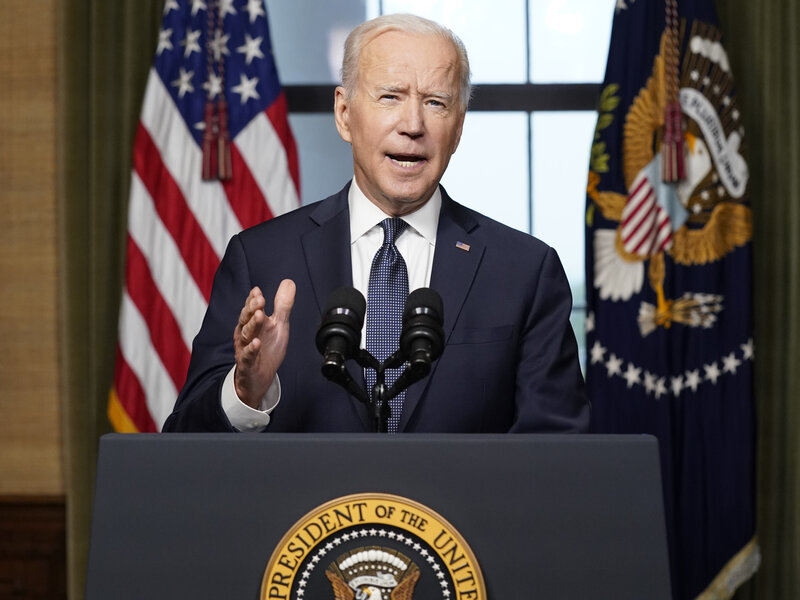
Biden’s claim that he is ending the forever war is misleading. As The New York Times reported, the United States would remain after the formal departure of U.S. troops with a “shadowy combination of clandestine Special Operations Forces, Pentagon contractors and covert intelligence operatives.”
Their mission will be to “find and attack the most dangerous Qaeda or Islamic state threats, current and former American officials said.”[1]
The Times further reported that the United States maintains a constellation of air bases in the Persian Gulf region as well as in Jordan, and a major air headquarters in Qatar, which could provide a launching pad for long-range bomber or armed drone missions into Afghanistan.[2]
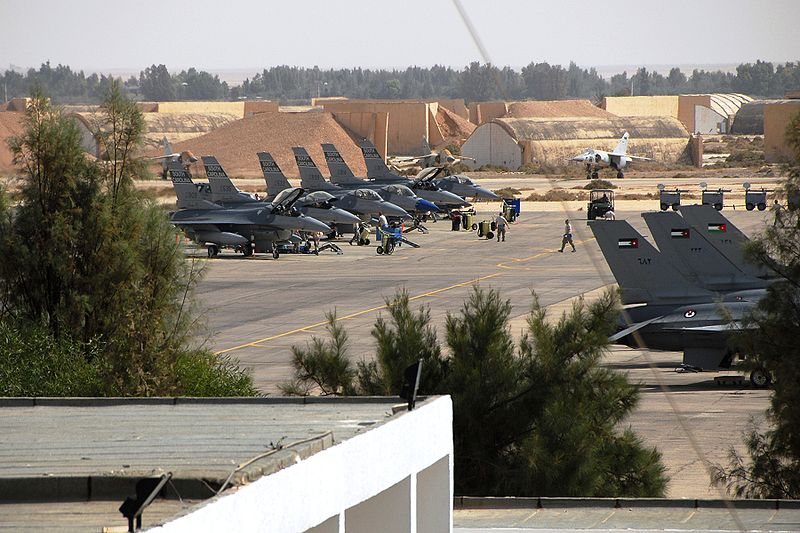
Matthew Hoh, a disabled combat veteran who resigned from the State Department in 2009 in protest of the war, stated that a genuine peace process in Afghanistan is “dependent upon foreign forces leaving Afghanistan.”
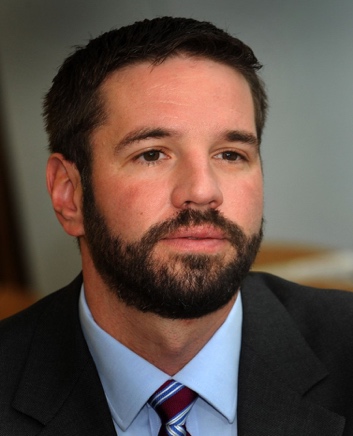
Further, Hoh said that “Regardless of whether the 3500 acknowledged U.S. troops leave Afghanistan, the U.S. military will still be present in the form of thousands of special operations and CIA personnel in and around Afghanistan, through dozens of squadrons of manned attack aircraft and drones stationed on land bases and on aircraft carriers in the region, and by hundreds of cruise missiles on ships and submarines.”
Mercenaries R Us
The meaninglessness of President Biden’s announcement becomes apparent when we consider that the Pentagon employs more than seven contractors for every serviceman or woman in Afghanistan; an increase of one contractor for every serviceman or woman a decade ago.

These totals reflect the U.S. government’s strategy of outsourcing war to the benefit of private mercenary corporations, and as a means of distancing the war from the public and averting dissent, since relatively few Americans are directly impacted by it.
Most of the mercenaries are ex-military veterans, though a percentage are third-country nationals who are paid meager wages to perform menial duties for the military.
One of the biggest mercenary companies is DynCorp International of Falls Church Virginia, which has received over $7 billion in government contracts to train the Afghan army and manage military bases in Afghanistan.
From 2002-2013, DynCorp received 69 percent of all State Department funding. Forbes Magazine called it “one of the big winners of the Iraq and Afghan Wars;” the losers being almost everyone else.

A blueprint for U.S. strategy in Afghanistan is the 1959-1975 secret war in Laos, where the CIA worked with hundreds of civilian contractors who flew spotter aircraft, ran ground bases and operated radar stations in civilian clothes while raising its own private army among the Hmong to fight the pro-communist Pathet Lao.[3]

The CIA and Special Forces have again attempted to recruit tribal elements in Afghanistan and, like in Laos, have become enmeshed in inter-tribal and sectarian feuds.[4]
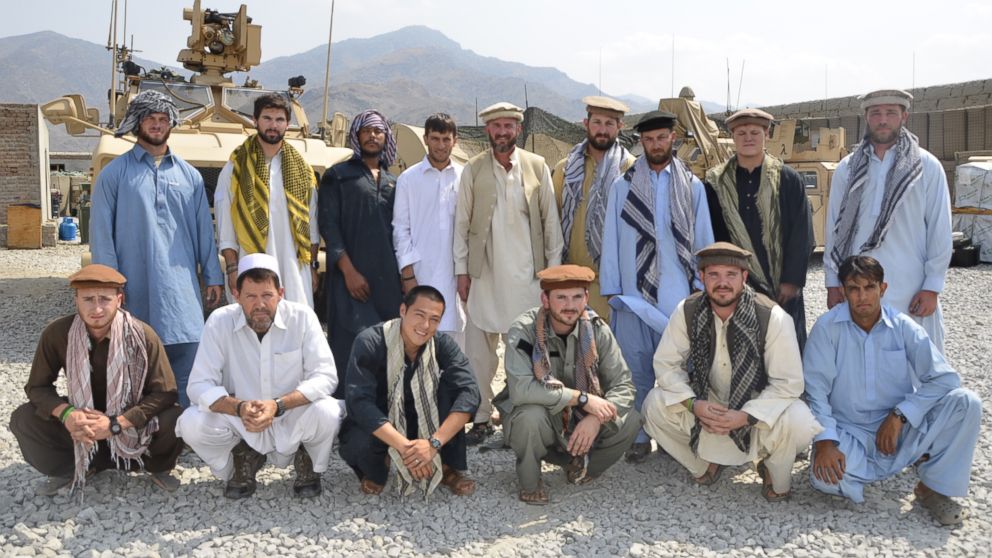
For years, U.S. Special Forces operatives have also been training Afghan security forces as a proxy army and running Phoenix-style snatch and grab and assassination missions, which are poised to continue—despite the formal troop withdrawal.
What Uncle Sam Really Wants in Afghanistan
Republican war hawk James Inhofe (R-OK) lambasted Biden’s withdrawal plan, stating that this was a “reckless and dangerous decision. Arbitrary deadlines would likely put our troops in danger, jeopardize all the progress we’ve made, and lead to civil war in Afghanistan—and create a breeding ground for international terrorists.”[5]
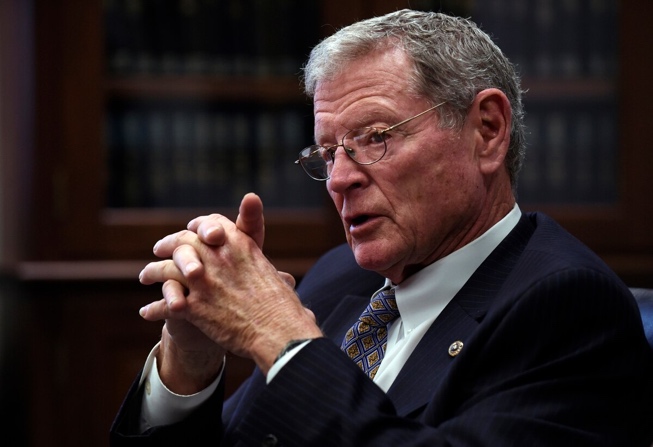
Inhofe’s assessment is flawed because, among other reasons, the U.S. has not made much progress in 19 years of war—the Taliban, according to the Council on Foreign Relations, is stronger than at any point since 2001 and controls about one fifth of Afghanistan—and Afghanistan was never really a breeding ground for international terrorists. The 9/11 hijackers mostly came from Saudi Arabia and the Taliban agreed to turn over Osama Bin Laden to an international court after the 9/11 attacks, which they never supported.

The Afghan War will go on indefinitely not because of the threat of terrorism—which is accentuated by the U.S. military presence—but because the United States will not concede ground in the Middle East.
The U.S. has announced intentions to retain at least two military bases in Afghanistan after the official troop drawdown, and set up over one thousand bases during the war.

Uncle Sam also covets Afghans mineral wealth. A 2007 United States Geological Service survey discovered nearly $1 trillion in mineral deposits, including huge veins of iron, copper, cobalt, gold and critical industrial metals like lithium, which is used in the manufacture of batteries for laptops and blackberries. An internal Pentagon memo stated that Afghanistan could become the “Saudi Arabia of lithium.”
In 2001, when the U.S. first invaded Afghanistan, it was in the process of expanding its military infrastructure in Central Asia. Afghanistan provided a key way-station to this new “oil dorado,” which holds as much as 200 billion barrels of oil—about ten times the amount found in the North Sea, and a third of the Persian Gulf’s total reserves.
Afghanistan was further valued at the time as a key location for an oil pipeline that would transport Central Asian oil to the Indian Ocean while bypassing Russia.
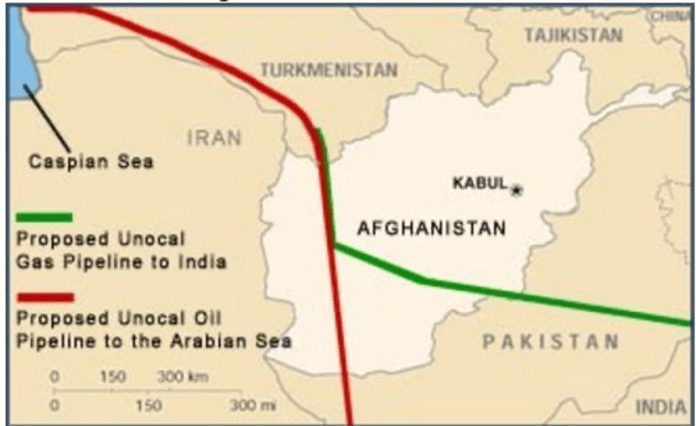
In the 1990s, the Southern California oil company, Unocal, began taking steps to build the pipeline, even courting the Taliban. In 2018, ground was broken on a new pipeline project backed by the United States that will carry oil from Turkmenistan to northern India.
The U.S. ruling establishment’s greatest fear is that a complete U.S. withdrawal from Afghanistan might result in the U.S. losing a strategic foothold to its main geopolitical rivals, China and Russia, in Afghanistan
China has recently increased its trade and investment in Afghanistan—with which it shares a border—and has sought to cultivate better relations with the Afghan government and Taliban.
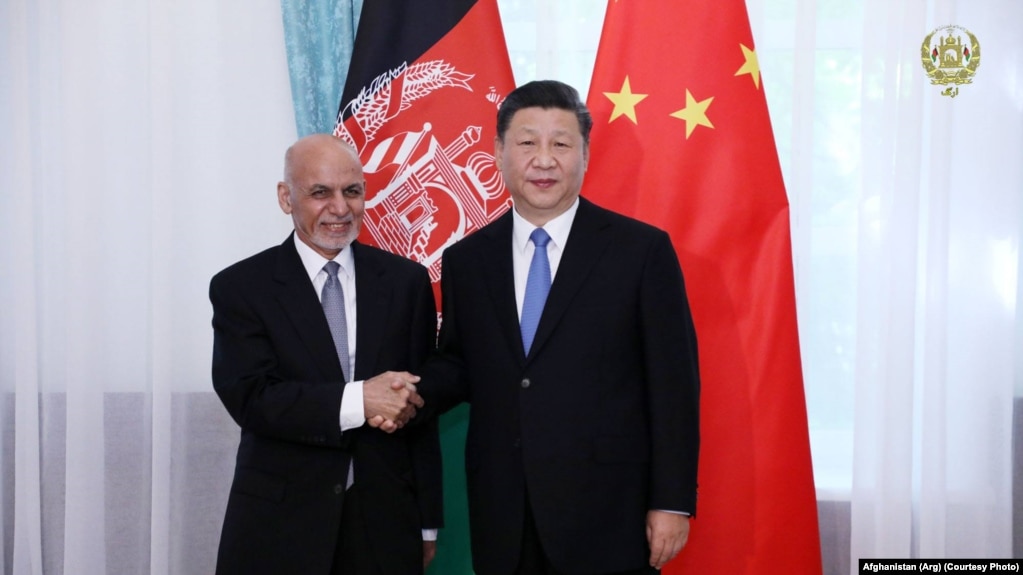
Russia, meanwhile, reopened a cultural center in Kabul in 2014, rebuilt an abandoned Soviet friendship center, expanded its embassy staff, expanded economic investment, and provided 10,000 Kalashnikov rifles to the Afghan government. It also supported Afghan housing projects and took advantage of contacts in Kabul to renew ties with ethnic power brokers in the North while quietly courting the Taliban.
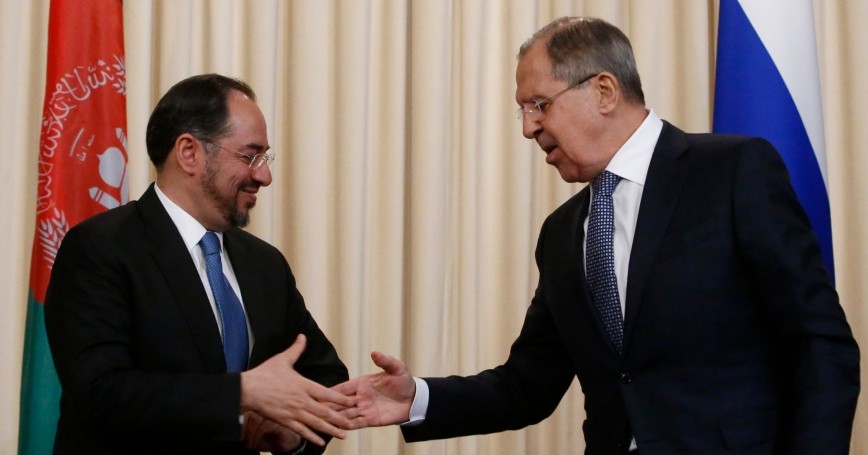
As a previous CAM article documented, the current Afghan government led by Ashraf Ghani is largely a creation of the United States. Its military is funded by the United States at a cost of around $4 billion per year. This support is going to continue—unless Congress cuts it off—alongside large-scale U.S. foreign aid programs that amount to nearly one billion per year.
The U.S. wants to keep Ghani in power, or replace him with another proxy that can help it win the geopolitical competition with Russia and China, which is little different from the 19th century “great game” between Great Britain and Russia.
As long as the U.S. empire remains intact, the war as such will go on, and on—and on.

-
Helen Cooper, Thomas Gibbons-Neff and Eric Schmitt, “Biden Sets End Date for Nation’s Longest War,” The New York Times, April 14, 2021, A1, A13. ↑
-
Cooper, Gibbons-Neff, Schmitt, “Biden Sets End Date for Nation’s Longest War,” A13. ↑
-
See Fred Branfman, Voices from the Plain of Jars: Life Under an Air War, revised edition, with new foreword by Alfred W. McCoy (Madison, WI: University of Wisconsin Press, 2013). ↑
-
See Ann Scott Tyson, American Spartan: The Promise, The Mission, and the Betrayal of Special Forces Major Jim Gant (New York: William Morrow, 2014). Gant promoted a strategy of “tribal engagement.” In Kunar province, he met with an Afghan chief, Malik Noorafzhal whom he nicknamed “Sitting Bull” after the Indian chief of the age of the 19th century Indian Wars. Jim Gant, “One Tribe at a Time: A Strategy for Success in Afghanistan,” https://www.globalsecurity.org/military/library/report/2009/2009_one_tribe_at_a_time.pdf ↑
-
Cooper, Gibbons-Neff, Schmitt, “Biden Sets End Date for Nation’s Longest War,” A13. Inhofe it should be noted is a war profiteer. He invested in Raytheon stocks at the same time he was calling for an increase in the defense budget as Chairman of the Senate Armed Services Committee. Raytheon is a leading arms manufacturer. ↑
CovertAction Magazine is made possible by subscriptions, orders and donations from readers like you.
Blow the Whistle on U.S. Imperialism
Click the whistle and donate
When you donate to CovertAction Magazine, you are supporting investigative journalism. Your contributions go directly to supporting the development, production, editing, and dissemination of the Magazine.
CovertAction Magazine does not receive corporate or government sponsorship. Yet, we hold a steadfast commitment to providing compensation for writers, editorial and technical support. Your support helps facilitate this compensation as well as increase the caliber of this work.
Please make a donation by clicking on the donate logo above and enter the amount and your credit or debit card information.
CovertAction Institute, Inc. (CAI) is a 501(c)(3) non-profit organization and your gift is tax-deductible for federal income purposes. CAI’s tax-exempt ID number is 87-2461683.
We sincerely thank you for your support.
Disclaimer: The contents of this article are the sole responsibility of the author(s). CovertAction Institute, Inc. (CAI), including its Board of Directors (BD), Editorial Board (EB), Advisory Board (AB), staff, volunteers and its projects (including CovertAction Magazine) are not responsible for any inaccurate or incorrect statement in this article. This article also does not necessarily represent the views the BD, the EB, the AB, staff, volunteers, or any members of its projects.
Differing viewpoints: CAM publishes articles with differing viewpoints in an effort to nurture vibrant debate and thoughtful critical analysis. Feel free to comment on the articles in the comment section and/or send your letters to the Editors, which we will publish in the Letters column.
Copyrighted Material: This web site may contain copyrighted material the use of which has not always been specifically authorized by the copyright owner. As a not-for-profit charitable organization incorporated in the State of New York, we are making such material available in an effort to advance the understanding of humanity’s problems and hopefully to help find solutions for those problems. We believe this constitutes a ‘fair use’ of any such copyrighted material as provided for in section 107 of the US Copyright Law. You can read more about ‘fair use’ and US Copyright Law at the Legal Information Institute of Cornell Law School.
Republishing: CovertAction Magazine (CAM) grants permission to cross-post CAM articles on not-for-profit community internet sites as long as the source is acknowledged together with a hyperlink to the original CovertAction Magazine article. Also, kindly let us know at info@CovertActionMagazine.com. For publication of CAM articles in print or other forms including commercial internet sites, contact: info@CovertActionMagazine.com.
By using this site, you agree to these terms above.
About the Author

Jeremy Kuzmarov holds a Ph.D. in American history from Brandeis University and has taught at numerous colleges across the United States. He is regularly sought out as an expert on U.S. history and politics for radio and TV programs and co-hosts a radio show on New York Public Radio and on Progressive Radio News Network called “Uncontrolled Opposition.”
He is Managing Editor of CovertAction Magazine and is the author of six books on U.S. foreign policy, including Obama’s Unending Wars (Clarity Press, 2019), The Russians Are Coming, Again, with John Marciano (Monthly Review Press, 2018), Warmonger. How Clinton’s Malign Foreign Policy Launched the U.S. Trajectory From Bush II to Biden (Clarity Press, 2023); and with Dan Kovalik, Syria: Anatomy of Regime Change (Baraka Books, 2025).
Besides these books, Kuzmarov has published hundreds of articles and contributed to numerous edited volumes, including one in the prestigious Oxford History of Counterinsurgency .
He can be reached at jkuzmarov2@gmail.com and found on substack here.











[…] averting dissent, since relatively few Americans are directly impacted by it,” according to a report by CovertAction Magazine. “One of the biggest mercenary companies is DynCorp International of […]
[…] averting dissent, since relatively few Americans are directly impacted by it,” according to a report by CovertAction Magazine. “One of the biggest mercenary companies is DynCorp International of […]
[…] averting dissent, since relatively few Americans are directly impacted by it,” according to a report by CovertAction Magazine. “One of the biggest mercenary companies is DynCorp International of […]
[…] Others have pointed out that it’s more accurate to say that rather than ending the US’s supposed “War on Terror” in Afghanistan, the US is privatizing it, since the Pentagon employs more than seven contractors for every soldier officially stated to be in Afghanistan. This is an increase from the ratio of one contractor per soldier a decade ago (Covert Action Magazine, 4/15/21). […]
[…] Others have pointed out that it’s more accurate to say that rather than ending the US’s supposed “War on Terror” in Afghanistan, the US is privatizing it, since the Pentagon employs more than seven contractors for every soldier officially stated to be in Afghanistan. This is an increase from the ratio of one contractor per soldier a decade ago (Covert Action Magazine, 4/15/21). […]
[…] het definitie terugtrekken van troepen uit Irak. In Afghanistan wordt, zoals Jeremy Kuzmarov in Covert Action Magazine schrijft, de oorlog […]
[…] 16 de abril de 2021 (Este artículo se publicó originalmente en CovertAction Magazine) […]
[…] 4) But that’s another big lie https://covertactionmagazine.com/2021/04/15/bidens-claim-to-be-ending-americas-longest-war-misleadin… […]
[…] By Jeremy Kuzmarov, covertactionmagazine.com […]
After 911 there were many anti-semitic conspiracy theories spreading all over the world. One of these false theories was that Mossad had something to do with 911. This of course is complete nonsense so I am just writing to correct the false comment made by one of the other readers.
[…] (This article was originally published at CovertAction Magazine.) […]
[…] Por Jeremy Kuzmarov, publicad en Cover Action Magazine. […]
[…] promising to pull out the roughly 2500 official US troops in Afghanistan—a minuscule fraction of the real American military presence, which includes more than 18,000 contractors alongside unt……the folks the New York Times calls a “shadowy combination of clandestine Special […]
[…] how the U.S. might continue operations in Afghanistan even though it would pull out its military. “Biden’s Claim to be Ending America’s Longest War Misleading”, Covert Action Magazine, April 15, 2021. (You will need to separate the wheat from the […]
[…] Their mission will be to “find and attack the most dangerous Qaeda or Islamic state threats, current and former American officials said.”[1] […]
[…] A blueprint for U.S. strategy in Afghanistan is the 1959-1975 secret war in Laos, where the CIA worked with hundreds of civilian contractors who flew spotter aircraft, ran ground bases and operated radar stations in civilian clothes while raising its own private army among the Hmong to fight the pro-communist Pathet Lao.[3] […]
[…] By Jeremy Kuzmarov […]
[…] By Jeremy Kuzmarov […]
Many of the contract workers in Afganistan have signed contracts which go to the year 2023 and beyond. So if all these contract workers leave Afganistan, the US, Government will have to negotiate some sort of settlement with the contract workers who will expect their contracts to be honored.
Really informative article it is, I am pretty much sure that Pentagon will never depart from Afghanistan, because its biggest buffer state, and it touches its outskirts to major opponents of Pentagon, like Russia, Iran China. It touches oil and mineral rich central Asia, South Asia and so on.
[…] Biden’s Claim To Be Ending America’s Longest War Misleading […]
Dr. Kotila: I concur 100% with your point number (1) and look forward to reading your article at earthfederation.
Russia is today celebrating the exit of the USSR from Afghanistan in 1988! Al least they were invited in and did eventually leave!!!
Excellent (outstanding) article but with 2 changes I would like to see in future articles: (1) Quit repeating the lie that the 9/11 hijackers were mostly “from Saudi Arabia” with Osama Bin Laden its leader. The evidence is overwhelming that 9/11 was an inside job (Mossad and American VIP traitors). (2) Bring in the solution to these types of geopolitical manipulations — the need for a “new UN” under the Earth Constitution.
Until we have democratic world federal government in place, this type of (criminal) geopolitical warfare will go on and on. Currently the UN has no Law and Order; it is undemocratic. The P-5 veto nations on the Security Council are above the Law. Please read my articles at http://www.earthfederation.info which explain why a “new UN” is really the only solution to these war crimes, crimes against humanity, etc. etc. We must (literally) end war. Read Einstein on Peace: He was a world federalist and world citizen.